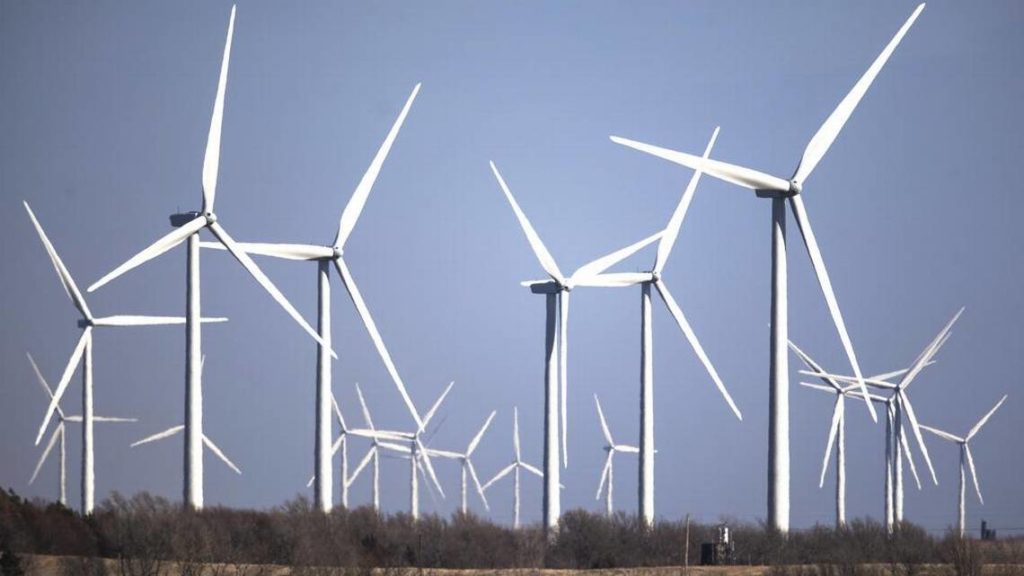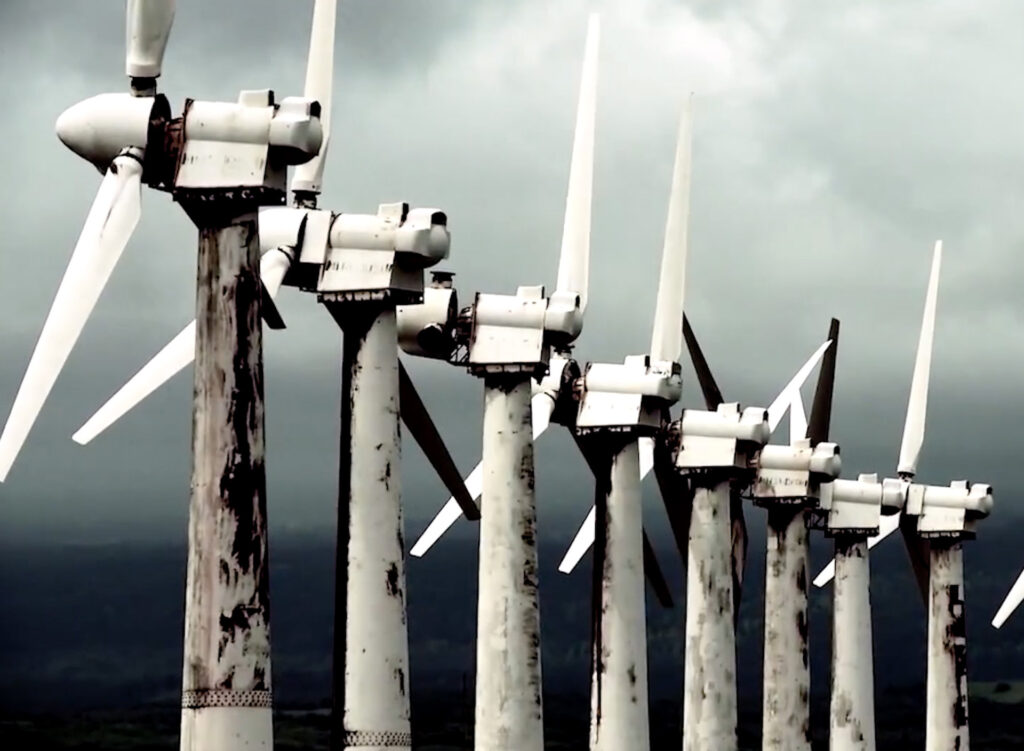No Energy is Clean Enough, Green Enough
by RANGE contributor
Apparently, people in rural Ohio are not overly fond of renewable energy. In fact, various county commissioners there voted down 42 wind energy and 43 solar energy projects in 2022. Sixteen of the proposed wind farms were in Logan County. Interestingly, Logan County, Colorado also said no to a proposed wind farm. The two counties are named for different Logans, so we can assume their opposition to wind farms is coincidental, not hereditary.
The opposition in rural Ohio is not a rare phenomenon, though. It is a national trend, and don’t say I didn’t warn you. For years I have maintained that as soon as the entire country switches to alternative forms of energy, the same activists will fight that, too, such is their opposition to all uses of energy. The argument is not about fossil fuels or carbon emissions or climate change, not really. It is a larger and deeper argument about standard of living and quality of life. Some activists simply believe there are too many people in the world, and that mankind’s impact on the world is always negative. They will always rally against any increase in manufacturing, production, and especially consumption, because those things enable growth.

In recent years, the campaign against fossil fuels led to massive switching from coal-fired power plants to natural gas, and then to the campaign against fracking, liquid natural gas export terminals, and other technologies to produce more natural gas. It also led to the currently-popular call for Americans to trade in their gas-powered cars for electric vehicles. All these campaigns have included both regulatory and incentive tactics – both carrots and sticks.
Environmental groups, academics, and renewable energy corporations are all hoping the $127 billion appropriated for renewable energy projects by the recent Biden “Inflation Reduction Act” would jump start a massive new buildout of commercial-scale solar and wind projects. But as Robert Bryce, the most noted authority on local opposition to renewable projects, points out, “The reality is that land-use conflicts have been hindering the growth of those projects… for years. And as more projects get proposed, more rural communities are objecting.”
Indeed, Bryce tracks news about such projects closely, and maintains a comprehensive database of local and state restrictions on wind and solar projects. His numbers are staggering.
Bryce reports that in 2022 alone, 55 wind energy projects and 79 solar energy projects were rejected in 21 states, including New York, New Jersey, Maine, and even Massachusetts in the northeast; Virginia and North Carolina in the South; Michigan, Illinois, and Indiana in the Midwest; Kansas, Nebraska, Missouri, and Iowa in the Corn Belt; Wyoming, Washington, Nevada, Texas, and even California in the West. Altogether, 368 wind projects and 106 solar projects have been rejected by state and local governments in the last decade.
What do these communities seem to know that eludes the smartest policy makers in Washington, D.C.? Bryce calls it a “growing rural voter backlash” against green energy projects. But why are growing numbers of rural people so opposed to what others are convinced is the wave of the future? So much so, that wind and solar projects and their generating capacity continued to grow dramatically nationwide, as Bryce also acknowledges. At least one source says U.S. solar capacity increased more than 400 percent, and installed wind capacity nearly doubled, in just the last six years.
Part of the problem is that these systems have been installed long enough that rural communities are starting to see how unreliable they are, and what happens when they wear out. Especially in the case of wind machines, it is not pretty. An article in Bloomberg Business Week was headlined, “Wind Turbines Taller Than the Statue of Liberty Are Falling Over,” the latest in a string of articles chronicling maintenance and longevity issues with wind turbines. The problem is worsened for local governments and landowners because of the complex array of contracts, which sometimes make it uncertain years later who owns the damaged turbines, and who is responsible for maintenance, repair, replacement, or damages they might cause. Nor has there been any letup in stories about both wind and solar facilities killing birds.
Whether these are legitimate reasons for the rapid growth of local opposition is open for debate. What is beyond question is that killing proposed energy projects is fairly easy. The powerful environmental lobby has created a maze of processes that make opposition simple, and construction difficult. That is a legal and political reality they now have to live with.
See more from Greg Walcher here
Subscribe to RANGE magazine
Call 1-800-RANGE-4-U
You may also like
-
Advertising in Australia is used to push green propaganda
-
Tribute: Utah’s Green Dissident has passed on
-
Ecologist goes undercover to expose eagle deaths cause by wind turbines
-
BLM resource management plans stymie Western states’ energy development
-
Foot deformities in Texas foals caused by effects of nearby wind turbines


